-
-
Written by Administrator
-
Category: General Inspection Articles
-
Published: 22 September 2022
Regardless of the size or type of a commercial property, various kinds of maintenance must be performed, including general upkeep, emergency repairs, and special inspections (such as may be directed by an insurance company). But of particular importance for preserving buildings, equipment, and the grounds is preventive (or preventative) maintenance.
What is Preventive Maintenance?
Preventive maintenance (PM) is a proactive strategy for building maintenance that keeps the building’s critical assets in good working order. It includes regular inspections and selective service and repairs to the building’s equipment at set intervals based on usage or time. Note that the service completed in this regard isn’t based on the component’s condition.
The objective of preventive maintenance is to prolong service life expectancy and prevent equipment failure, thus minimizing unscheduled downtime and reducing overall maintenance costs by correcting defects at the onset, before they become significant problems.
What is Predictive Maintenance?
Predictive maintenance (PdM) differs from preventive maintenance. Rather than maintenance performed at scheduled intervals, predictive maintenance entails work performed based on a system’s or component’s condition. It also includes regular inspections to meet the objective of forecasting equipment failure.
Predictive maintenance involves the combined use of various techniques to determine the equipment’s condition, including thermography, vibrational analysis, the application of lubricating oil, and acoustical analysis. Some people consider predictive maintenance to be a type of preventive maintenance because they both share the goal of warding off equipment breakdown.
Examples of Preventive Maintenance
Preventive maintenance on a building is analogous to changing the oil and checking the brakes and tires’ air pressure on a car. Those measures aim to prevent costly repairs in the long run and to make the car last longer. Predictive maintenance is analogous to a doctor monitoring a patient’s condition by performing physical checkups and lab work and prescribing some action based on the patient’s current state of health.
In addition to cost savings, preventive maintenance is important for building safety, which include its assets, as well as the potential loss of life. For example, consider the significance of maintaining a fire alarm system in case of emergency, or maintaining the HVAC system to avert spreading Legionnaires’ disease.
The drawback to preventative maintenance is the risk of excessive maintenance. Excessive maintenance can result in functional degradation to critical assets. Additionally, preventive maintenance requires upfront costs and may be labor-intensive.
Types of Preventive Maintenance
Some of the other specific types of preventive maintenance strategies include: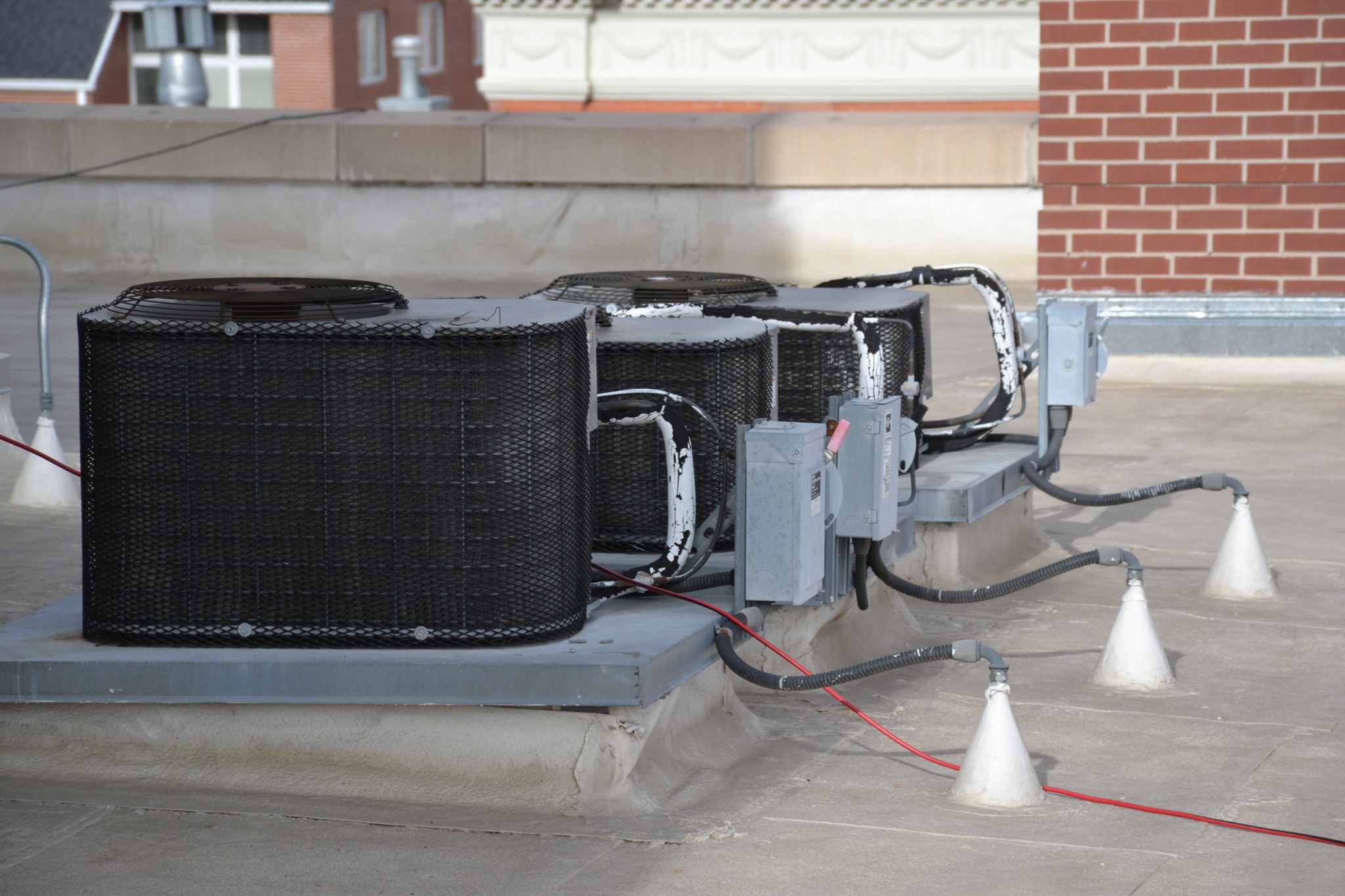
- Routine maintenance. It includes inspections, cleaning, and machine servicing regularly (weekly, monthly, annually, etc.). This strategy typically involves small tasks, such as changing filters.
- Proactive replacements. It requires replacing worn, broken, or inoperative building components before their failure. Such replacements eliminate high costs and unplanned downtime, as happens during a breakdown.
- Scheduled refurbishments. This usually occurs in colleges and schools, and other establishments that have cyclic usage. This may also happen at utility companies and continuous process-type facilities. During a scheduled shutdown (i.e., a break between college semesters), all known defective and deteriorated components are repaired or replaced.
- Condition monitoring. This takes predictive maintenance a step further by utilizing sensors on machinery to allow for real-time results to be fed into preventive maintenance software. Similar to predictive maintenance, servicing is performed as needed based on the condition of the component.
Other Types of Maintenance
Other maintenance strategies are generally categorized as reactive maintenance because a component is rectified when it’s defective. It’s also referred to as breakdown maintenance or “run-to-failure.” Reactive maintenance is associated primarily with unplanned repairs and high costs for repair or replacement. However, it’s considered acceptable for non-critical items.
Special Maintenance Considerations According to Building Type
There are unique considerations for building maintenance according to the different types of buildings. Some maintenance tends to focus on the building’s specific systems, and some considerations are more challenging as they relate to funding and budgeting, as well as safety requirements.
Below is a list of the common considerations that are unique to each building type:
Apartment Buildings and Condominium
Apartment buildings and condominiums are typically actively maintained facilities because quality tenants naturally care about where they live. Much of the maintenance performed is custodial and for aesthetics, and the building’s equipment and mechanical systems are also of utmost importance for tenants’ comfort and safety.
Apartment building and condominium maintenance is often affected by whether a property is publicly or privately owned. Public housing includes programs run by the federal and local governments, which are often underfunded compared to the actual cost of property maintenance.
Private housing runs the gamut, from luxury complexes to run-down and neglected properties. Private owners decide how much money to devote to their upkeep. The decision-makers may be the building’s owner, property manager, or a homeowners association.
Educational Facilities
Educational facilities range from higher education (colleges and universities) to elementary, middle, and high schools. Both facility types share the mission to create an effective learning environment, but they operate on different scales. For instance, a university may resemble a town such that it includes many different building types (libraries, apartments, retail spaces, etc.). Both types of educational facilities require special equipment, including accommodations for children, and areas like science labs.
Another unique consideration for maintenance is that many primary and secondary facilities still in use today were built in the 1950s and ‘60s, which means they often deal with significant problems related to outdated equipment and deferred maintenance. Additionally, buildings constructed during this time are not energy-efficient or designed as accessible. Some facilities in use today are even older and pose challenges related to maintaining their historical integrity.
Healthcare Facilities
The primary difference between healthcare facilities and other types of buildings is the nature of patient care. These are challenging facilities to maintain due to ill patients’ sensitivity, and life-and-death situations if critical systems are down. Additionally, most healthcare facilities operate 24 hours a day, meaning maintenance is bound to affect someone or some patient service.
The special equipment in hospitals also tends to be complex, as well as critical to patient procedures, including: gas systems for oxygen, nitrogen, and other medical-grade gases; filtering needs for HVAC systems; and electrical power distribution for medical equipment. Failure of any of these systems can be life-threatening.
Historic Buildings
An older building may already be designated as historic, or the owner can apply for historic designation, which poses benefits and restrictions to property maintenance, including repair and replacement of original components and systems. There often may be leeway regarding an historic building’s conformance to current building codes, as governed by state and municipal authorities having jurisdiction. Plans must typically have the AHJ’s approval prior to renovation.
Energy and accessibility improvements are typical for historic buildings. Improvements related to a building’s function that didn’t exist during a building’s construction are also common, such as a change in its use and occupancy, installation of an underground lawn sprinkler system, installation or upgrade of the fire-protection system, etc.
Historic buildings also have unique features and materials, which can include stained glass, heavy timber framing, and stonework, all of which can affect the technical aspect of maintenance. Building owners and inspectors should work with contractors who have specialized knowledge of historic buildings in general, and possibly the specific building in question.
Hospitality Real Estate
Hospitality real estate includes hotels, motels, resorts, and convention centers. Many such properties are part of a franchise that requires the franchisee to provide a certain level of ongoing repair and maintenance. These are complex buildings because they have many features, depending on the particular building type (retail spaces, commercial kitchens, office spaces, etc.).
It’s common for hospitality real estate to have a preventative maintenance plan to ensure that the grounds are well-maintained and that equipment is functional and reliable in order to provide guests with a comfortable and safe environment. Larger properties may have several in-house maintenance teams that are responsible for a specific building’s components and systems.
Manufacturing Facilities
Downtime and equipment failure can be very costly for manufacturing facilities because profit relies on production. It is the life force of an operation. For this reason, maintenance is vital to a manufacturing facility. The complexity of the property depends on the type of facility, which can range from food-processing plants to assembly plants and light manufacturing.
There are many issues specific to manufacturing facilities. For example, specialized equipment may be present, and environmental requirements may differ from property to property. Complex properties may use maintenance software to report and record preventive maintenance programs. Other technology for condition monitoring is also available to monitor and analyze equipment function.
Office Buildings
Office buildings are generally the least complex type of property in terms of typical layout and the systems installed, but they can be more complex if they’re a flex space or high-rise building. Much of the maintenance is predictive and routine, and generally, only interrupted by a tenant change, which may require upgrades such as increased power to a particular floor to accommodate a tenant’s special electronic equipment.
A maintenance team is usually employed by the building’s owner or management company to maintain their office building. However, some lease agreements assign the responsibility of building maintenance to the lessee, which can result in deferred maintenance by the end of the lease term.
Retail Facilities
Retail facilities are also generally less complex than many other types of commercial properties. However, retailers face intense competition in attracting shoppers, while building owners face challenges renting their spaces, since many retailers are increasingly experiencing economic hardship due to the growing popularity of online shopping.
These factors may force some – if not most – retailers to operate on a slim profit margin. Unlike hotels and apartment buildings, building maintenance isn’t as regular or routine for retail companies. This can result in issues related to deferred maintenance as retailers strive to improve their bottom line.
Some retail properties, like malls, shopping centers, and power centers, may also employ a full-time maintenance team. By comparison, the responsibility of maintenance of some small retail properties, like pad sites and individual suites, rests with the building’s occupant.
Preventive Maintenance Inspection
Regular inspections are a requirement for every PM program. The frequency depends on the complexity and unique needs of the subject property. It is common for complex and sizable properties, like manufacturing facilities, higher educational facilities, hotels, and convention centers, to have full-time staff that handles maintenance. Commercial property inspectors should interview these individuals during the research portion of a job to gain insight into a particular building.
By contrast, managers of less complex properties may hire a commercial property inspector or other tradesperson to perform inspections at set intervals. The purpose of the inspection is to provide a benchmark of the current physical condition of the property. The information it provides is an integral part of an efficient and effective PM program.
Conclusion
All commercial buildings require some form of maintenance to allow for their continuous use and safe operating conditions. Preventive maintenance is a form of proactive maintenance that can prolong service life expectancies and prevent equipment failure, when implemented appropriately. PM strategies also promote a reduction in overall maintenance costs, whereas reactive maintenance is typically associated with unplanned downtime and high expenditures for repair or replacement.
Most commercial facilities have more in common than not, including their common critical assets, such as plumbing, electrical, and mechanical equipment. However, certain building types have unique maintenance considerations. Some PM programs employ a team of full- or part-time personnel that takes care of a property. Other programs call for hiring a commercial property inspector to address the inspection portion of the maintenance program.
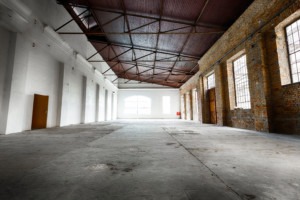


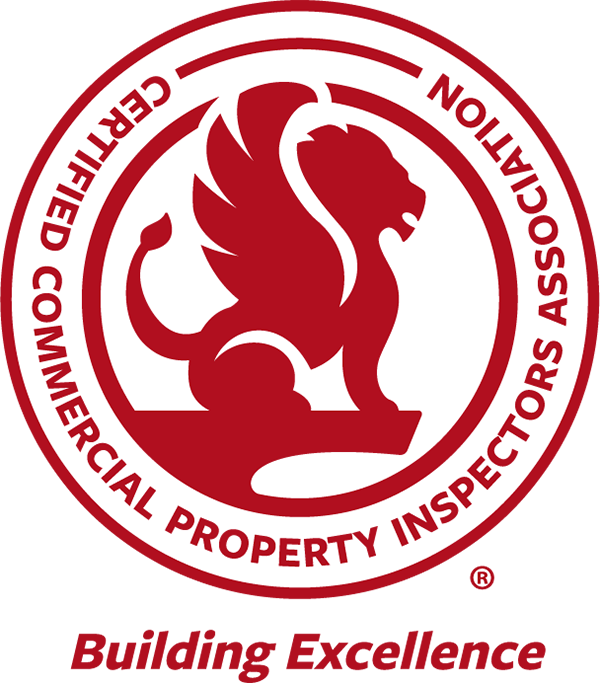
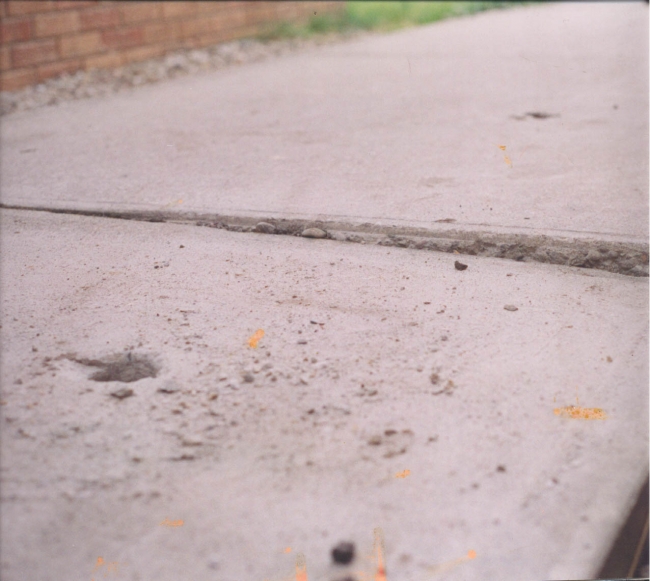 slurry beneath a sunken concrete slab in order to raise it back into place.
slurry beneath a sunken concrete slab in order to raise it back into place.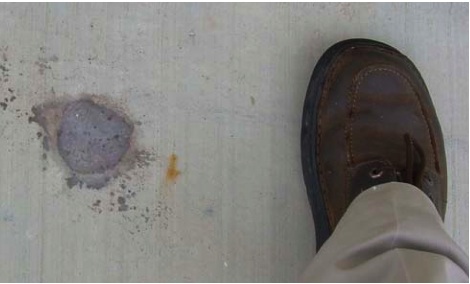

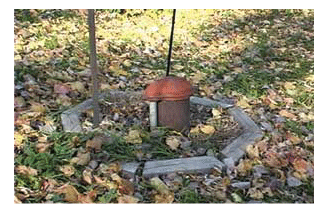 systems serving many people, they do not have experts regularly checking the water’s source and its quality before it is sent to the tap. These households must take special precautions to ensure the protection and maintenance of their drinking water supplies.
systems serving many people, they do not have experts regularly checking the water’s source and its quality before it is sent to the tap. These households must take special precautions to ensure the protection and maintenance of their drinking water supplies.
 outside of the casing, or through the casing and into the well.
outside of the casing, or through the casing and into the well.
